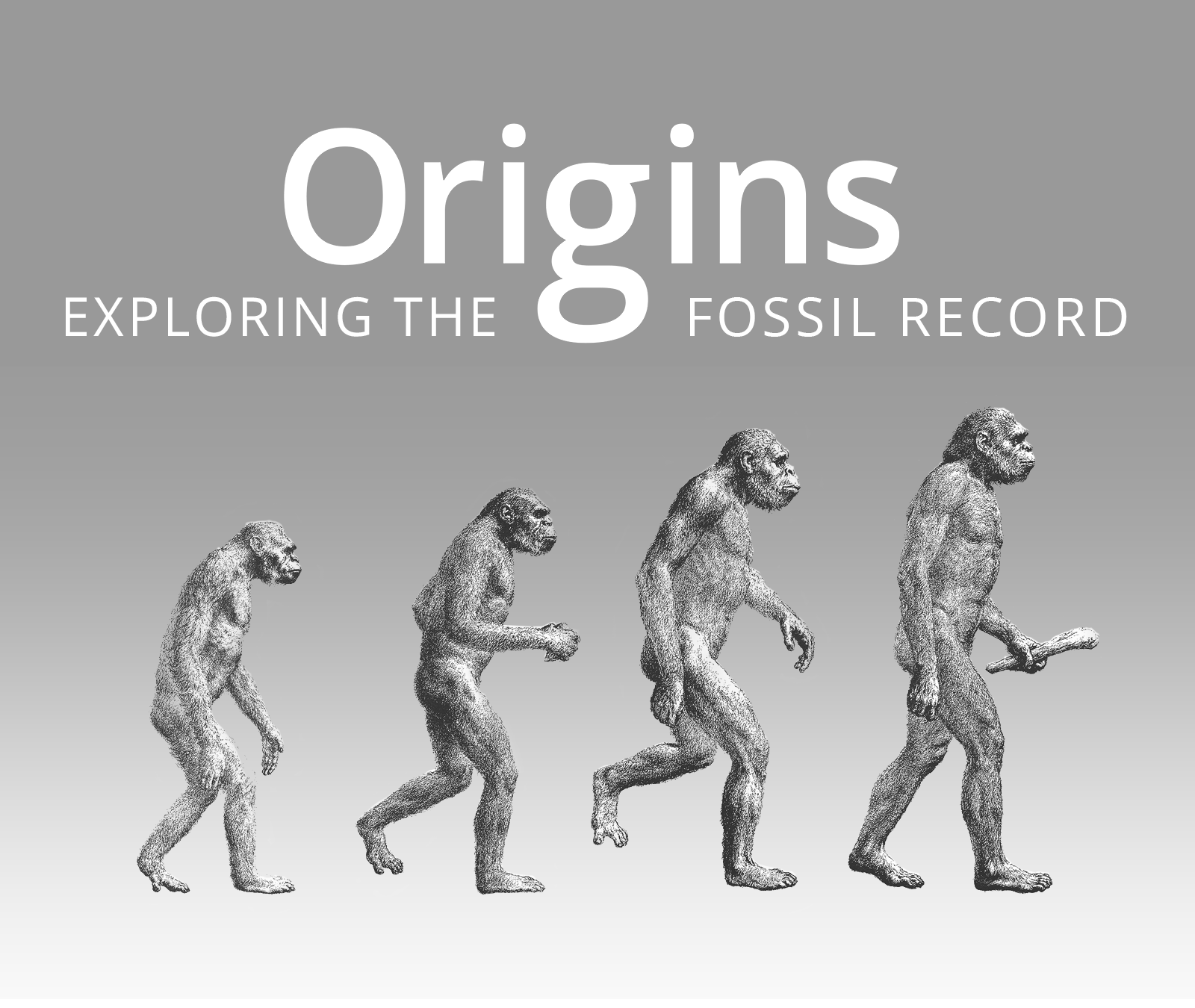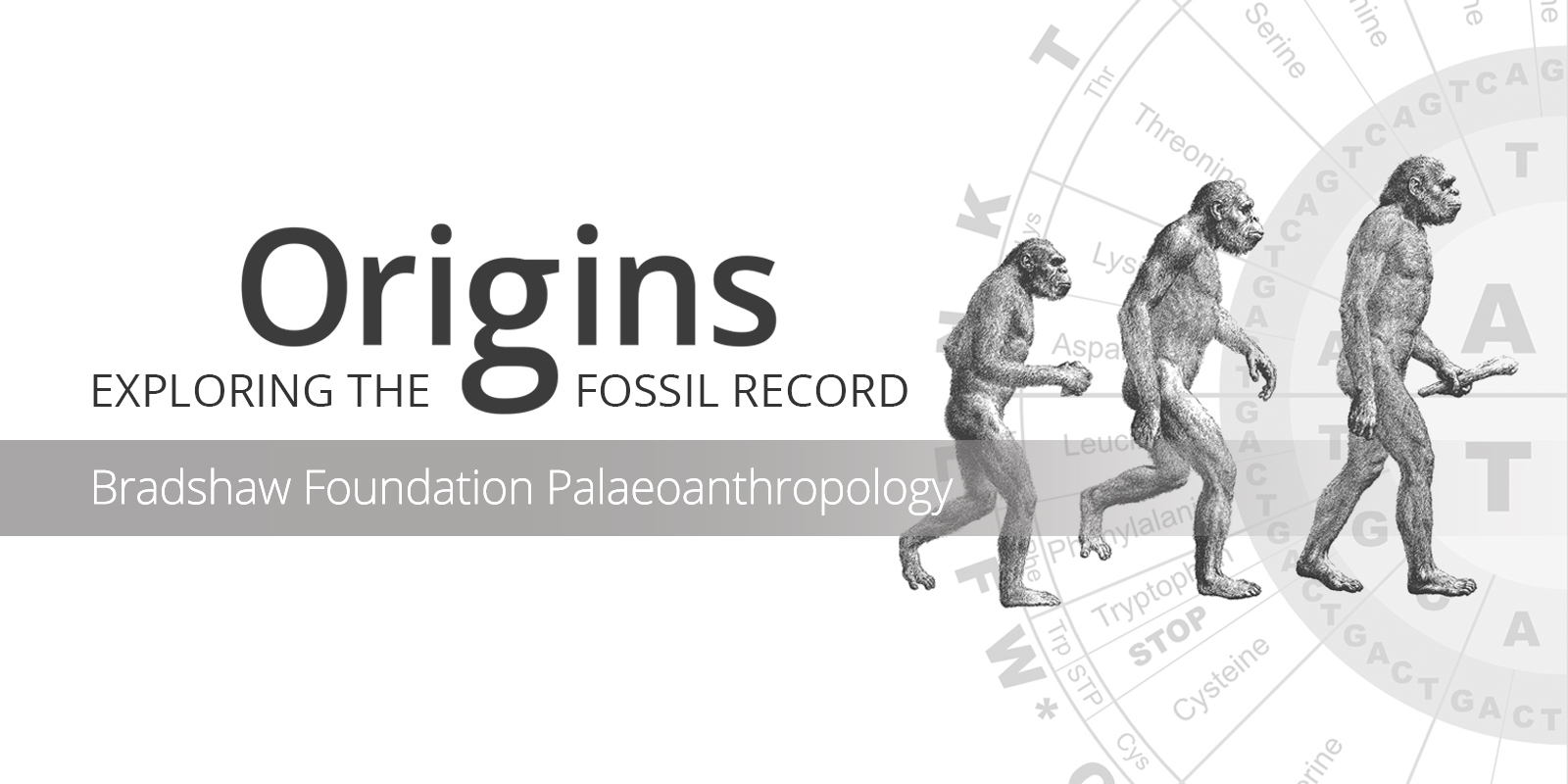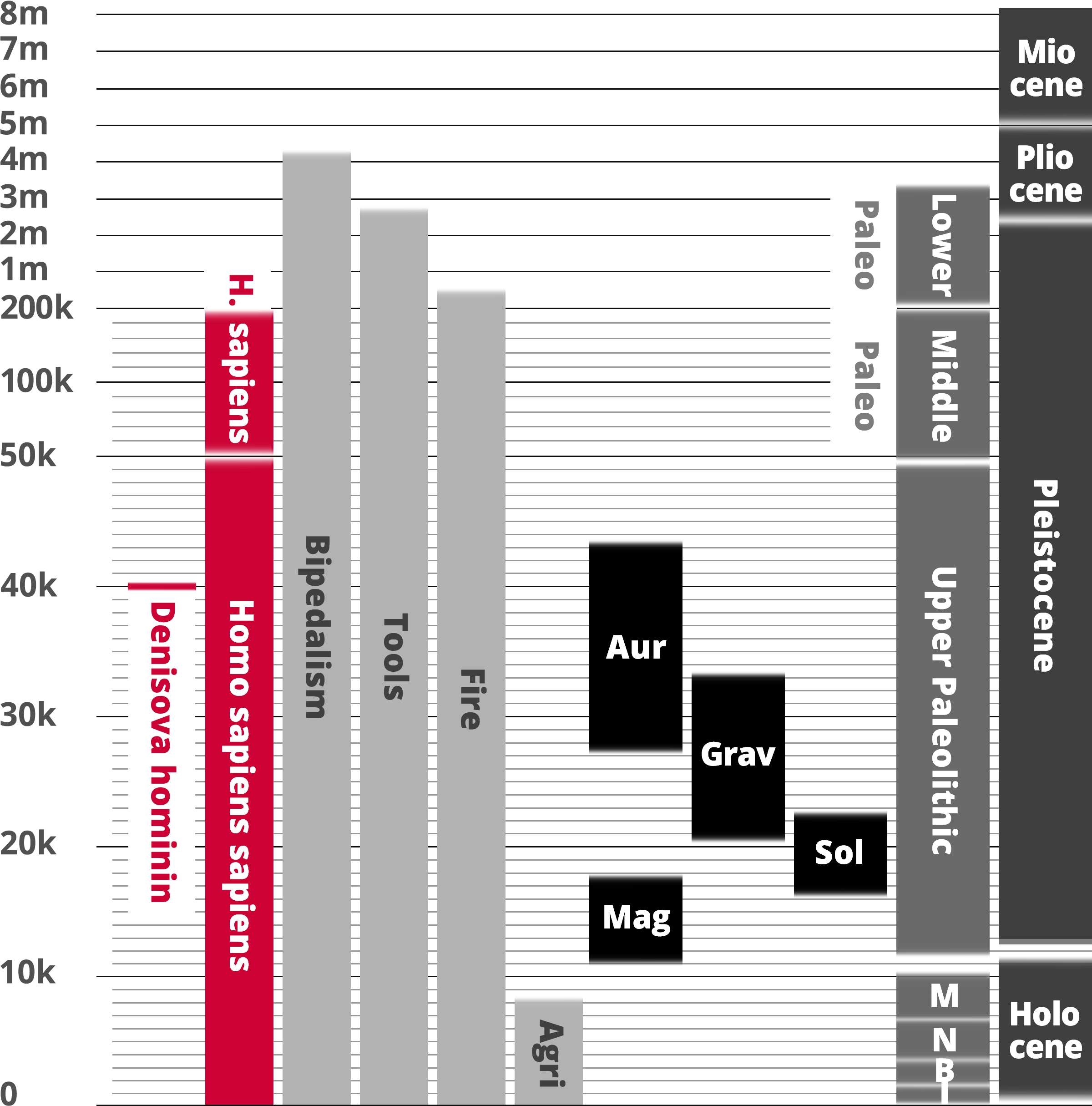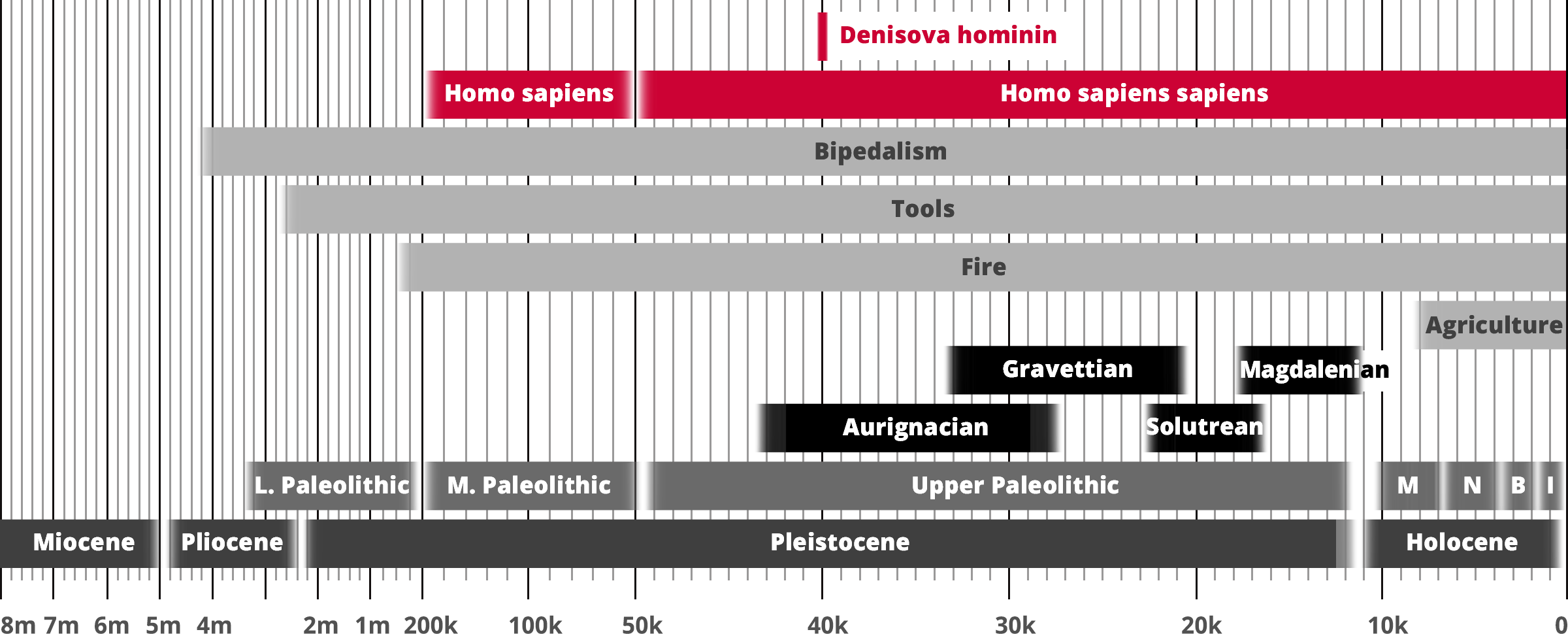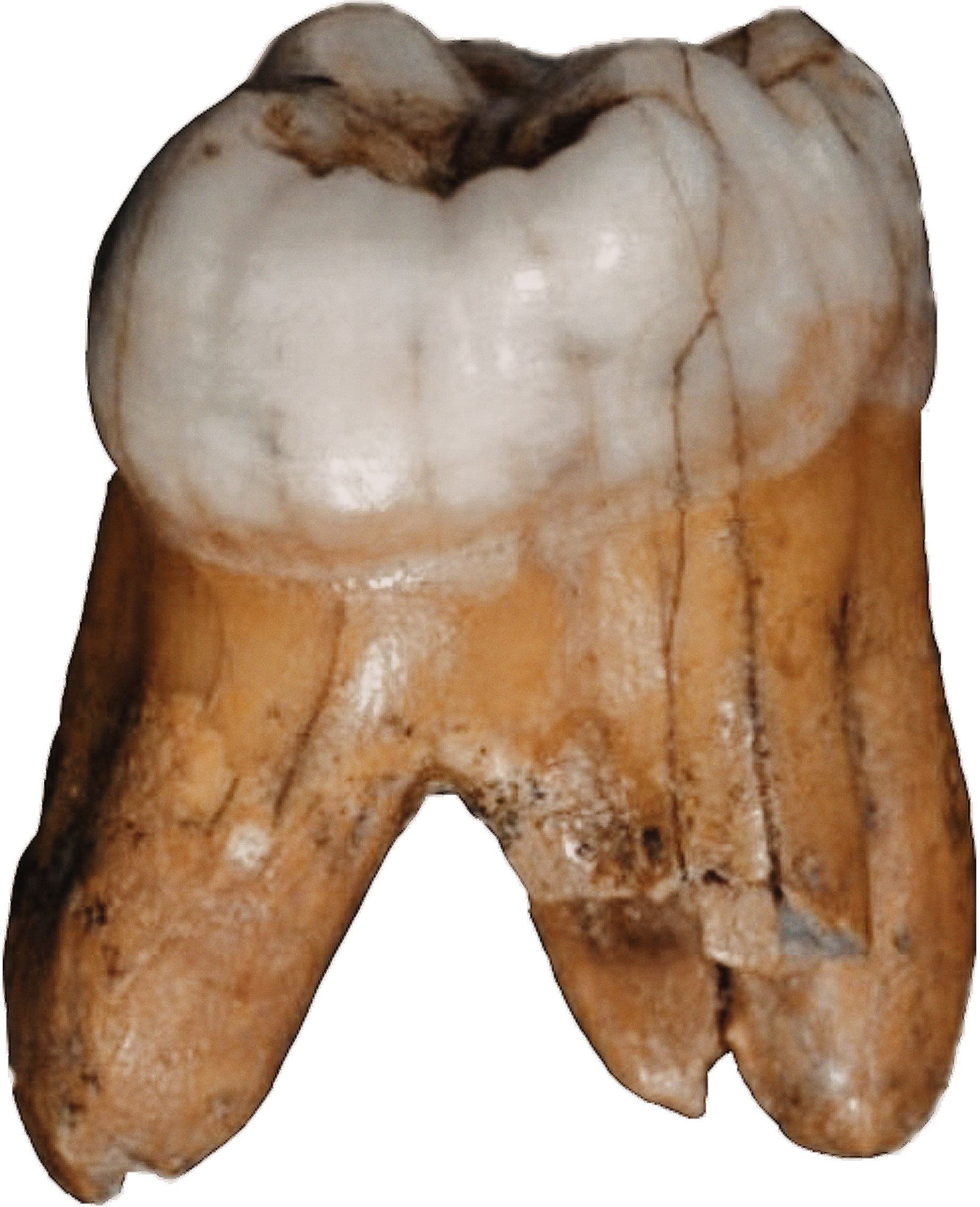Denisova hominin
Homo sapiens
Hominin traits
Archaeological industry/Technocomplex including art
Period in human prehistory: M = Mesolithic; N = Neolithic; B = Bronze Age; I = Iron Age;
Geological epoch
* Note: Table based past and current research and scientific consensus
Denisova hominin
Homo sapiens
Hominin traits
Archaeological industry/Technocomplex including art
Aur = Aurignacian; Mag = Magdalenian;
Grav = Gravettian; Sol = Solutrean
Period in human prehistory:
M = Mesolithic; N = Neolithic;
B = Bronze Age; I = Iron Age;
Geological epoch
* Note: Table based past and current research
and scientific consensus
| DENISOVA HOMININ |
 |
| Genus: |
Homo |
| Species: |
Denisova hominin |
| Other Names: |
Denisova, X Woman |
| Time Period: |
40,000 years ago |
| Characteristics: |
Unknown |
| Fossil Evidence: |
Bone Fragments, Denisova Cave, Altai Mountains, Siberia |
Denisova hominins or Denisovans are Palaeolithic members of the Homo genus that may belong to a previously unknown species of human. The Denisovans occupied a vast realm stretching from the chill expanse of Siberia to the steamy tropical forests of Indonesia - suggesting the third human of the Pleistocene displayed a level of adaptability previously thought to be unique to modern humans.
In March 2010, scientists announced the discovery of a finger bone fragment of a juvenile female that lived about 41,000 years ago, found in the remote Denisova cave in the Altai Mountains in Siberia. This cave has also been inhabited by
Neanderthals and
modern humans [Krause et al. 2010]. Since then a tooth and a toe bone have been excavated, thought to belong to the same population.
Analysis of the mtDNA of the finger bone showed it to be genetically distinct from the mtDNAs of Neanderthals and modern humans [Katsnelson 2010]. However, subsequent study of the genome from this specimen suggests this group shares a common origin with Neanderthals. They ranged from Siberia to Southeast Asia, and they lived among and interbred with the ancestors of some present-day modern humans, with up to 6% of the DNA of Melanesians and Australian Aboriginies deriving from Denisovans.
It was in 2008 when Russian archaeologists discovered the finger bone fragment, and nick-named it 'X Woman'. Artifacts, including a bracelet, excavated in the cave at the same level were carbon dated to approximately 40,000 BP.
A team of scientists led by Johannes Krause and Svante Paabo from the Max Planck Institute in Germany sequenced mtDNA from the fragment. The analysis indicated that modern humans, Neanderthals and the Denisova hominin last shared a common ancestor around 1 million years ago [Katsnelson 2004].
The mtDNA analysis further suggested this new hominin species was the result of an early migration out of Africa, distinct from the later out-of-Africa migrations associated with Neanderthals and modern humans. Some argue it may be a relic of the earlier African exodus of
Homo erectus, because of the tooth size, although this has not been proved. The conclusions of both the excavations and the sequencing are still debatable because the evidence shows that the Denisova Cave has been occupied by all three human forms.

